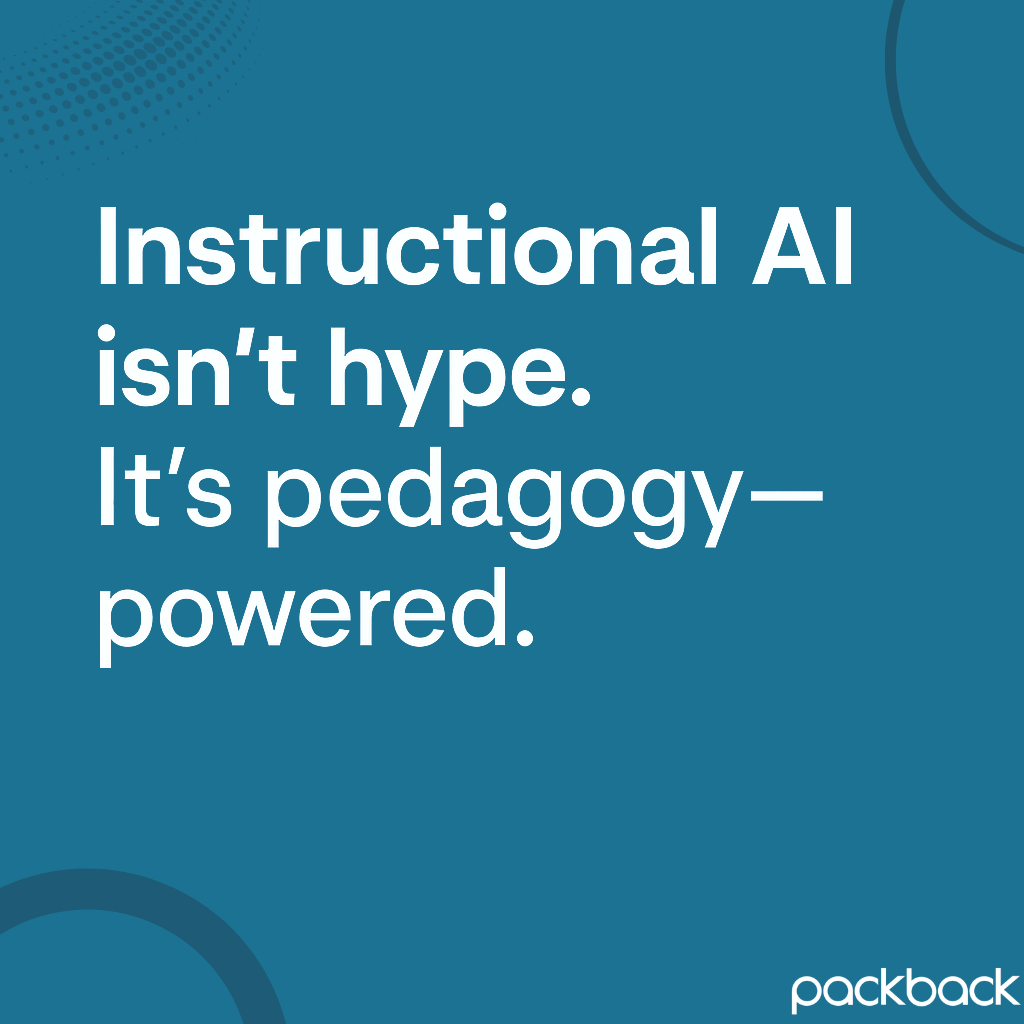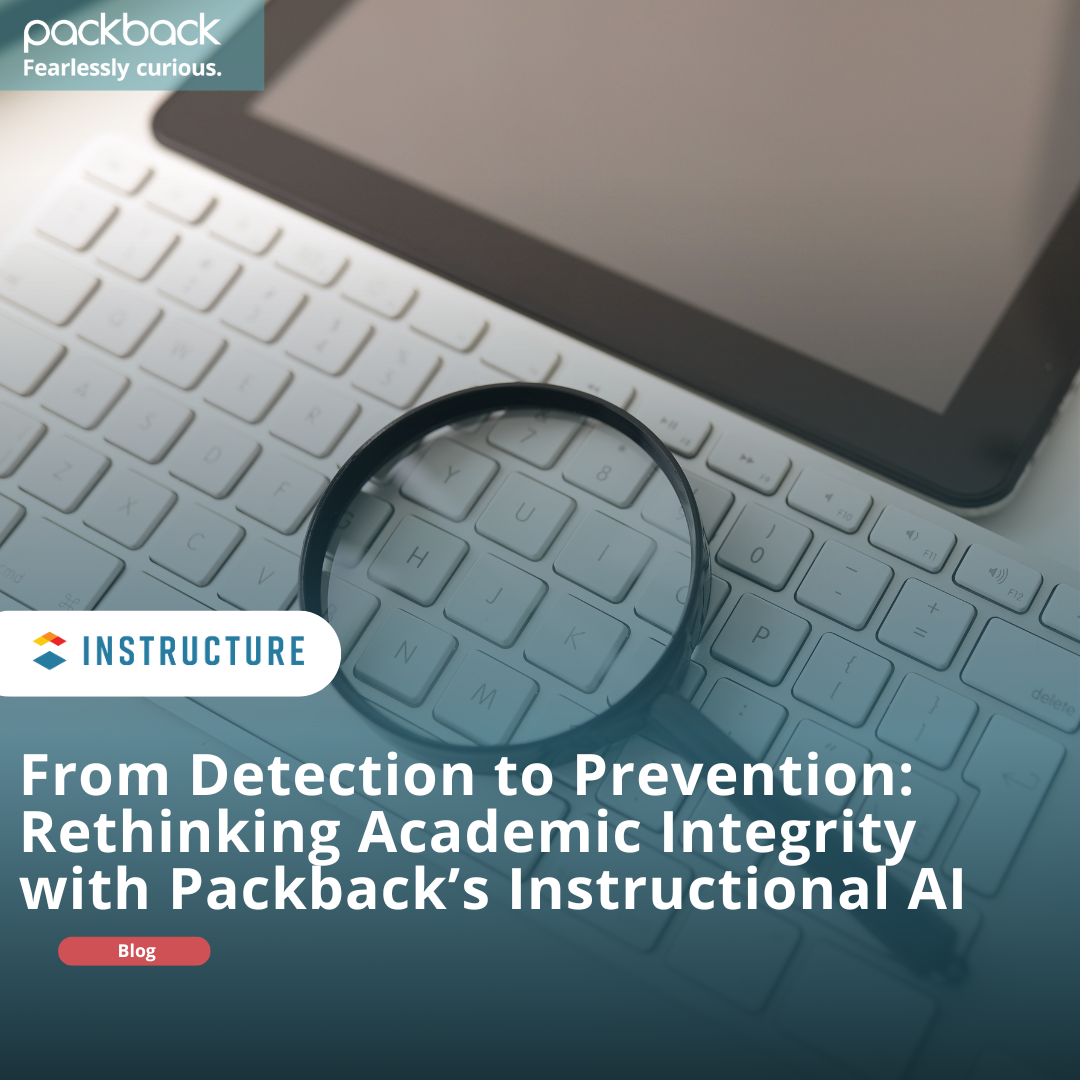A question starts a conversation, but a response fuels an engaging discussion where students can learn through interaction and debate.
Just like asking great questions, formulating an engaging response takes practice and can be improved by using structure. After understanding the Community Guidelines and how to ask a quality question, check out this breakdown of an 82-point response on Packback to learn the key components of a great response and how to earn a high Curiosity Score.

The Thesis
Think of a response as a mini-essay. The response should begin with a thesis restating the question and summarizing the direction of the answer. The thesis should spark curiosity in readers and encourage them to continue reading. In the example, the respondent starts by saying “in terms of why students may be stressed”, but could improve the thesis by stating his/her thoughts on why students are stressed instead of saying there are “a few factors potentially at play”.
The Topic Statement
Once a thesis has been formed, it needs to be supported by topic statements that directly answer the question. Strong topic statements make the response digestible for the reader and help to keep the response organized. In the example, the respondent’s topic statement answers the question of “why students are stressed”. He/she says students are stressed because of an increased pressure to succeed at college, more non-academic commitments during college and the changing demographics of students toward vulnerable populations. The respondent formats these topic statements as bullets, making the response easy to follow and earning the student Curiosity Points for presentation.
The Body
Following each topic statement should be a body sentence or paragraph further explaining how and why the topic statement answers the question. The best body sections use personal experiences to make the content relatable for readers. In the example, the respondent shares a story about attending a prestigious high school and the anxieties he/she felt. It’s also important to support personal opinions and stories with facts from credible sources. Citing a credible source serves as a fact-checking tool as well as a point of reference for readers. The respondent in the example quotes news sources and provides data with links, earning him/her Curiosity Points for credibility.
The Conclusion
Much like an essay, responses should end with a conclusion to summarize the main ideas. The conclusion should keep the discussion open and encourage a reader to respond with research and other thoughts. One way to keep a conversation going is to add an open-ended question. In the example, the respondent ends with a sentence that summarizes main ideas but could have been improved by adding questions to encourage more responses.
Before submitting, be sure to reread the response to check for proper grammar and clarity. Don’t forget to add formatting, infographics or videos to further support the thesis and earn more Curiosity Points!
Need more guidance? Check out our FAQs on Curiosity Scoring and Asking Good Questions.



